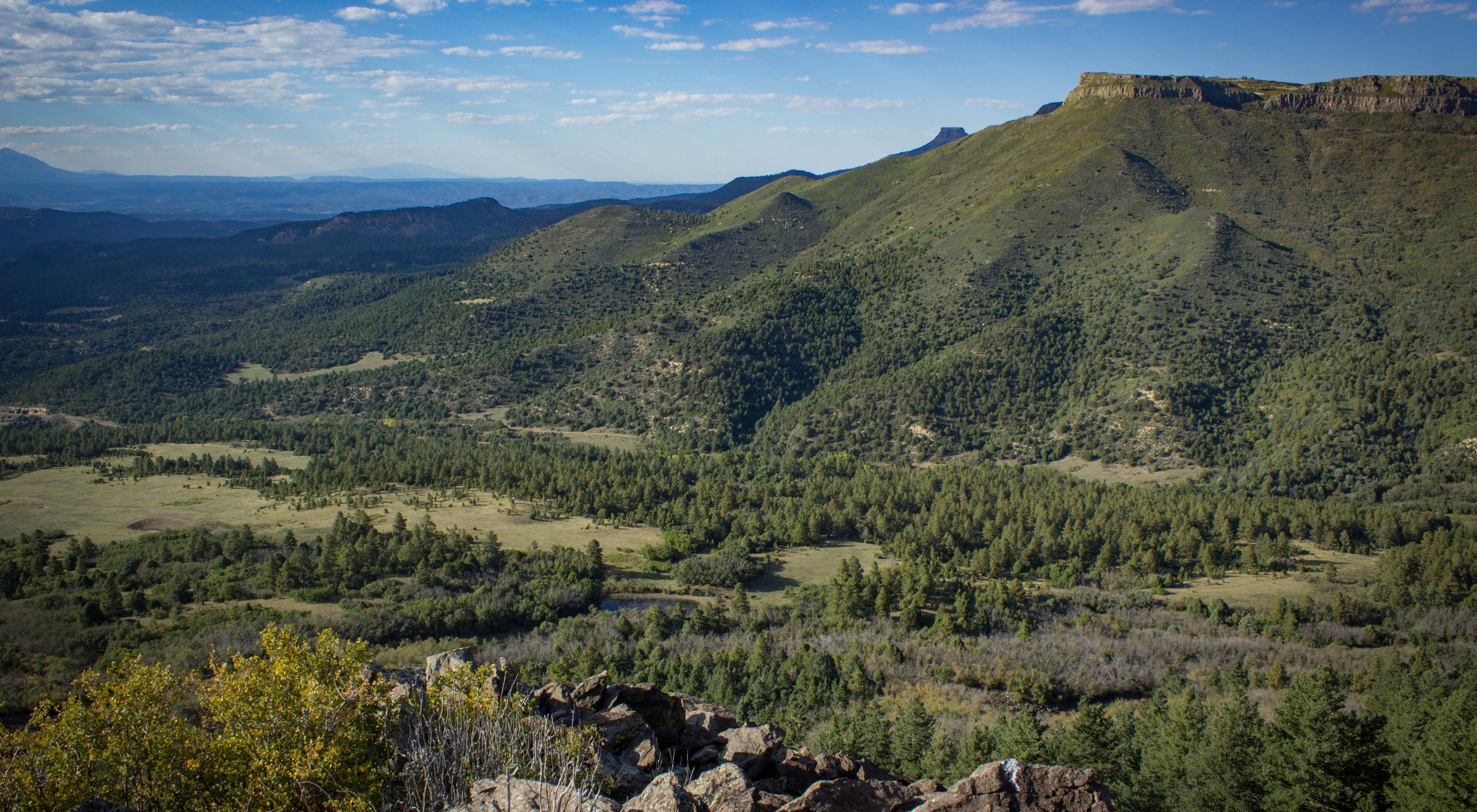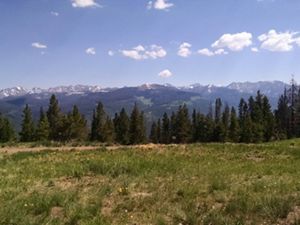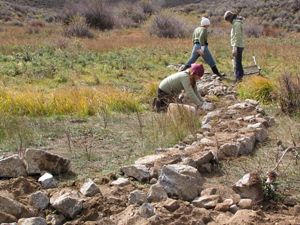Fishers Peak
Permanent protection of this property will provide habitat for wildlife and a boost to the local economy.
As you cross the border into Colorado from New Mexico on I-25, one of the first things you see is Fishers Peak. This iconic table-top mountain is located on a 30-square-mile ranch just outside the city of Trinidad and is the symbol of the community.
The city of Trinidad approached The Nature Conservancy and the Trust for Public Land for help in purchasing the property, which happened in early 2019. The plan is to permanently protect the outstanding wildlife habitat while supporting the local economy by creating a publicly owned recreation and education area.
“We hope to raise the bar for combining conservation and recreation,” says Matt Moorhead, conservation partnerships director for TNC in Colorado.
The Fishers Peak Project partners will now work together with community members and stakeholders on a planning process for the land that includes conservation of the landscape’s wondrous natural resources, well-managed recreational access and educational use. After the planning process is complete, the partners plan to transfer the property to public ownership.
Moorhead says, "By planning for both ecological and recreational goals from the ground floor, we’ll strive to show how solid conservation outcomes contribute to an economically thriving community, all while connecting future generations to nature."
Wildlife Inventory
A vital first step to making sure that decisions about the property are based on science will be inventorying the property’s spectacular biodiversity.
Chris Pague, senior conservation ecologist at TNC, explains that before parts of the land can be safely allocated for purposes like recreation, stakeholders must first understand the range of plants and animals that exist and rely on the property.
Quote: Chris Pague
Our job is to use objective science to show which are the most sensitive areas, and which areas will be best for recreation. We are committed to both outcomes while providing a voice for nature.
Because Fishers Peak shoots up in elevation by nearly 3,000 feet over a relatively short distance, Pague and his colleagues expect to record an impressive variety of plants and animals. The terrain is already known to be home to numerous species, including elk, mountain lion, long-tailed weasel and bobcat. A comprehensive science inventory will allow researchers to back their general knowledge of the area with empirical data. From there, they will be able to more readily advise the development process – designing future uses such that nature thrives.
“We want the best science to go into this,” says Pague. “That way, we will be able to provide a great recreational property for the people here, while making sure to preserve the nature.”
Pague has assembled a 30-member team that will be working for the next few years to better understand the ecology of the newly purchased land. Key partners include Colorado Parks and Wildlife and the Colorado Natural Heritage Program along with many volunteer experts. The group has already turned up exciting results. In one of Pague’s initial inspections, team members discovered an area where there were significant traces of black bear—enough for the area to be considered a bear “refuge.”
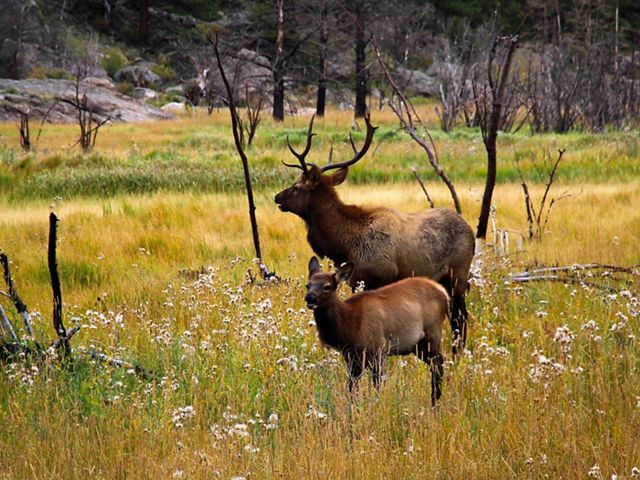
But it’s not just big mammals that have caught the team’s attention. In another recent excursion to the property, there was a notable surprise: the New Mexico meadow jumping mouse, a federally Endangered Species that warrants special conservation measures.
“I set every small mammal trap hoping to find something I haven’t seen before,” said Tegan May, sustainable grazing lands conservation associate. May has spent years surveying small mammals in remote places in the U.S. and Australia, targeting hard-to-catch species. Live traps are the best way to monitor small mammal populations without causing harm.
"Seeing animals up close and watching their behavior is always special, more so when you catch something you weren’t expecting.,” May continued. When she checked the trap with the first jumping mouse, she said, “I had a pretty good feeling of what we had just found.”
The jumping mouse was one of several unexpected discoveries so far. Other findings further prove why Fishers Peak is such an important area to protect.
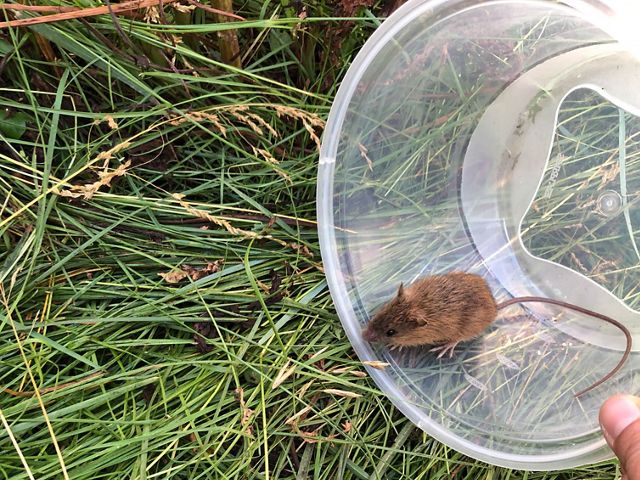
So far, more than 850 species have been identified on the property, which has a huge range in elevation and diversity of habitats. The American hog-nosed skunk, which had only been spotted in Colorado a few times since the 1930s, was seen on game cameras and crossing a trail at night.
Black bear, mountain lion, elk, and mule deer are thriving. Golden eagles and peregrine falcons have been found, along with important species that indicate a healthy ecosystem, such as flammulated owl and ovenbirds. Sightings of the Raton Mesa northwestern fritillary, a butterfly only known in a small area, have excited the researchers.
“The springs and other wet habitats are what has attracted so many species – both the wildlife and the plants. That water is really important for biodiversity in an otherwise dry landscape,” Pague explained.
Old growth trees, including Ponderosa Pine, Gambel oak, Rocky Mountain juniper, and Douglas fir, have been documented – some that are more than 300 years old! These trees and their fire scars help us to understand the ecological and social history of the ecosystems in the region, guiding our knowledge of management needs for the future.
Now that we have transferred the property to state ownership, we will continue the rapid ecological assessment with an even larger team and plan for the future of the park. Our aim is to plan in a way that incorporates local community input, outdoor recreation needs, and conservation priorities.
Quote: Chris Pague
“This work will help determine the species, habitats, and features of the ranch that are most sensitive and should be given special consideration as the planning process continues,” said Pague. “We want the best science possible
Make a Difference in Colorado
Colorado’s challenges require far-sighted solutions that combine science and creativity. By working together, we can chart Colorado’s future and inspire people to take action.
